Light modifiers are equipment that change how light interacts with your subjects. Light modifiers can range from a simple reflector and an umbrella to a sophisticated soft box. But do light modifiers matter? Have you ever paid attention to how the different light modifiers change the look and feel of your images? How do you decide which light modifier to use for a particular image? Photographer Mark Wallace from Adorama explores these questions by comparing five common light modifiers:
To compare how each light modifier affects an image, Wallace makes sure that everything is consistent. He has the model sit on a chair, and all photos are metered to f/8. He also keeps the distance between the subject and the light source same for all the photos.
Using a Medium Sized White Umbrella
When used with an umbrella, the light source acts as a large source. As a result, the shadows are soft.
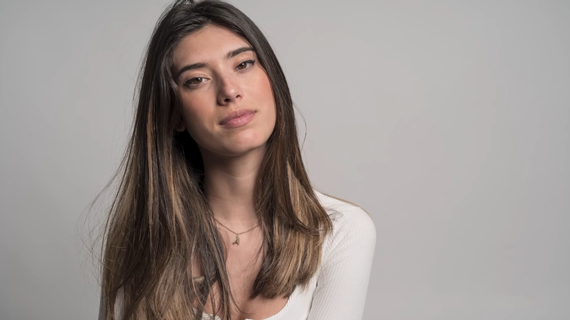
With Built-In Diffusion Disc
Next, Wallace uses a Profoto D1 head that comes with a small built-in diffusion disc without any light modifier. This acts as a hard light source that creates harsh shadows. You can notice that the light does not wrap around the model and creates a hard shadow on the background.
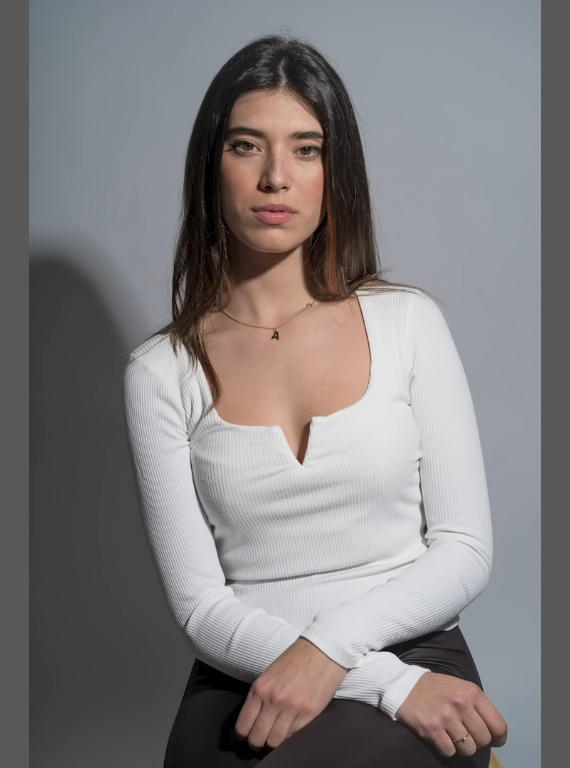
To avoid the shadows from creeping into the image, Wallace suggests that you avoid shooting with the harsh light and the camera being off-axis. Have them on-axis instead. So, by moving towards the same direction as the light source, Wallace takes another photo and you can see that the shadow on the background is less pronounced:
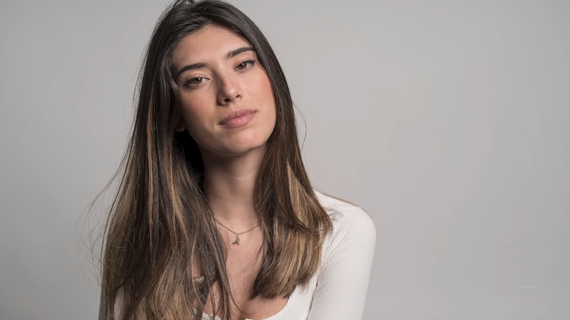
Using a Parabolic Reflector
A parabolic reflector diffuses the light in a special way and keeps it from spilling everywhere. As the result, the background turns out little bit darker when using it. The shadows are still harsh but you can notice a soft transition in the shadows in this case.

A parabolic reflector also affects the output of the light source. This is because it channels all the scattered light forward and hence more light reaches the subject. As Wallace demonstrates in the video, the light head which was previously metered at f/8 got metered to f/16 just by adding a parabolic reflector.
Using a Small Square Soft Box
The light coming out of a small square soft box with a diffusion panel wraps beautifully around the subject. This results in soft shadows under the chin and in the background. Also, the catch light in the eyes of the model appear as square specular highlights due to the shape of the soft box.
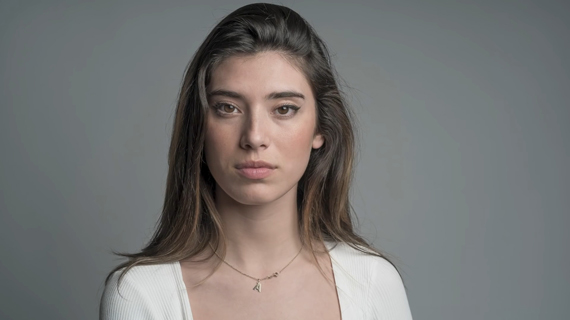
Using an Octabox
Fiinally, Wallace uses a 3 foot octabox with a diffusion panel to have softer light on the model. Because of the larger size of the octabox, the light is softer compared to that from the small square soft box. The softer light wraps better around the subject and even the shadow behind the subject is softer. Another advantage of using an octabox is that the catchlight in the eyes appear round which is more natural and flattering than square ones.
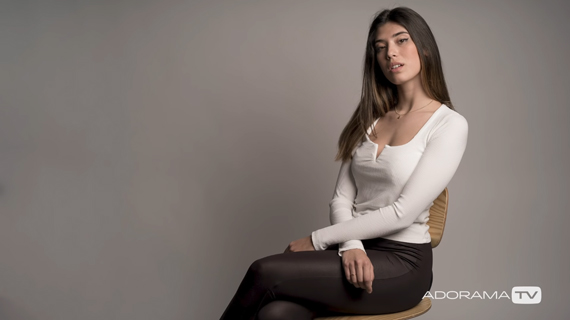
I’m sure this helped you understand how different modifiers affect your images. Which one is the best one? Try it out in a studio and see for yourself. Different modifiers come in handy for different requirements.
Go to full article: How Light Modifiers Affect Your Images
What are your thoughts on this article? Join the discussion on Facebook
PictureCorrect subscribers can also learn more today with our #1 bestseller: The Photography Tutorial eBook
The post How Light Modifiers Affect Your Images appeared first on PictureCorrect.
from PictureCorrect https://ift.tt/2JtXdQv
via IFTTT






0 kommenttia:
Lähetä kommentti